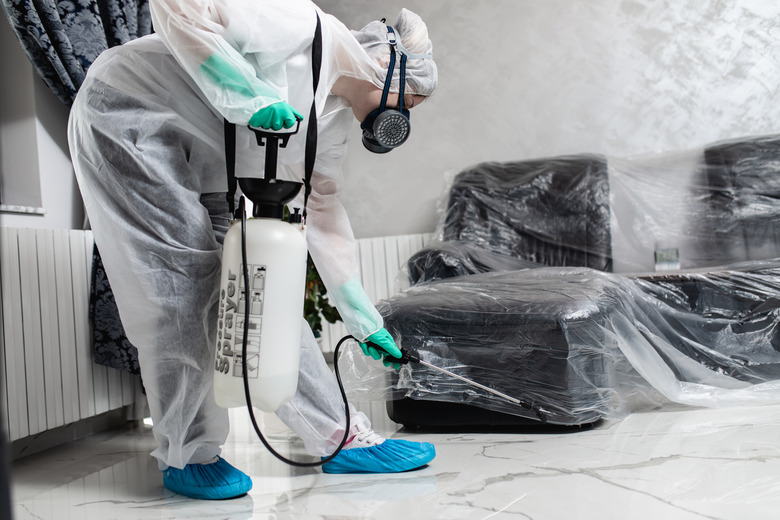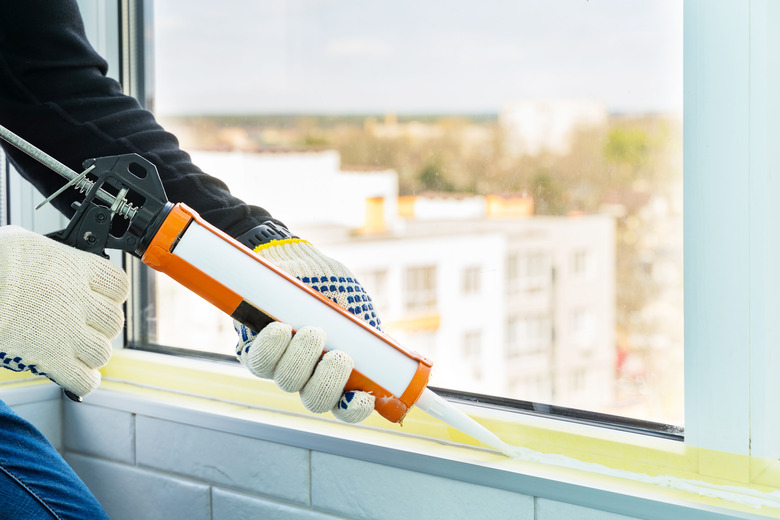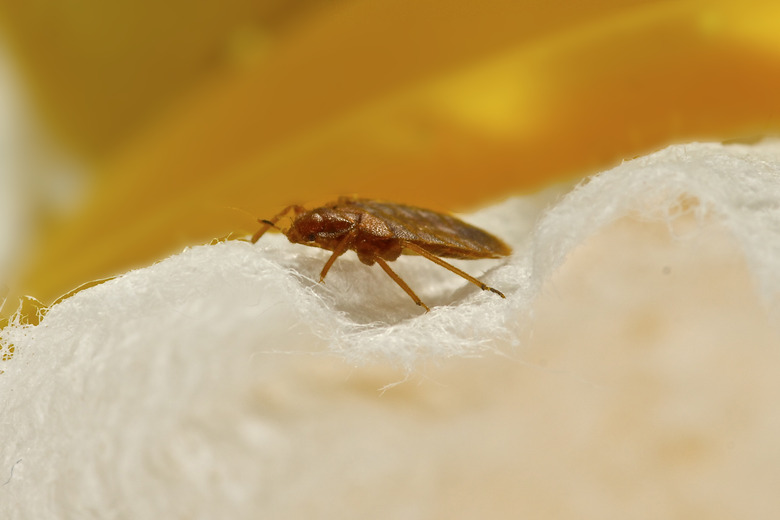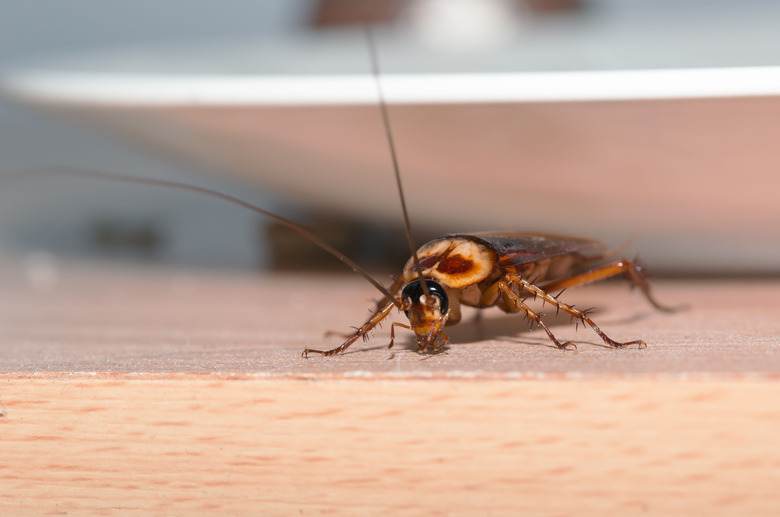Preparing Your Home For Pest Control Treatment — Everything You Need To Know
Unwanted creepy, crawly houseguests often require professional pest control treatments to get rid of them quickly and effectively. Not only do pests make your skin crawl, but they can also become a health hazard and some can cause serious damage to your home. Termites are the perfect example of pests that can destroy your home if you don't stop their wood-eating ways quickly. Knowing how to prepare for pest control services speeds up the process and makes the treatments more effective.
Talk to Your Pest Control Provider
The best source for treatment-specific preparation is, of course, your pest control company. While many treatments are similar, each company might have different expectations for homeowners before it shows up to do the treatment. Ask for a checklist of tasks to do or ask for the specific steps in the treatment to determine what you need to do. Your goal is to make the process as easy and effective as possible to increase the chances of the treatment working. Ask if you need to leave your home before the treatment starts so you can make arrangements to stay somewhere else if necessary.
Clean Your Home
Cleaning is a good starting point for eliminating many pests, but you might need to go a little deeper with your cleaning before your pest control service appointment. The pest control company is better able to banish the bugs with a clean slate and everything out of the way in order to apply the treatment effectively. It also gives pests less incentive to sneak into your home in the future — especially if you stow food away and clear the clutter.
Grab your supplies and handle these cleaning tasks before your pest control specialist arrives:
- Clean and put away dirty dishes and wipe out the sink.
- Clear and wipe down your countertops.
- Sweep and mop under your refrigerator and stove to remove the bits of food that always seem to disappear there.
- Throw away any paper products you don't need to give your unwanted guests fewer places to hide.
- Vacuum, sweep and/or mop all flooring surfaces.
- Vacuum your sofas and chairs to remove crumbs and insect eggs. Use an attachment to get into the crevices efficiently.
- Empty all trash cans.
- Pick up any clutter that gives pests a place to hide.
Put Away Food
The food items in your kitchen attract pests and keep their greedy little bellies full while they live in your home. Open food is especially attractive to pests since they can get into the packaging easily and munch away on your groceries. Rodents often gnaw through cardboard packaging to get to the tasty prize inside.
Toss any food that shows signs that the pests have eaten some of it. Make sure everything you keep is sealed tight in its packaging. You can also transfer food to airtight storage containers to make those food sources more difficult for pests to reach.
Move Your Furniture
You might not need to move furniture for all pest control treatment types, but it can be useful if the exterminator needs to scope out the pests' hideout or apply certain treatments, such as termite extermination treatments. It also makes the treatment process faster. Vacuuming underneath the furniture after you move it eliminates stray crumbs that attract pests and eggs insects have laid there.
Protect Your Pets
Even if the treatment is pet-safe, it's still a good idea to secure them during the treatment. If your pest control professional is inside your home, secure your pets in one room. You can also give Fido some playtime outdoors while the exterminator works indoors. For outdoor treatments, secure any outdoor pets in a kennel or bring them indoors during the treatment process.
If the treatment is harmful to your pets, pack up all of their toys, beds, food and belongings to prevent the chemicals from getting on them. Pack up your pet and head to a safe space before the treatment begins. Talk to the pest control company to see how long you need to keep your pet out of the home.
Handle Outdoor Preparations
Some pest control methods take place outdoors to create a barrier around the house. Make those outdoor treatments easier with a little prep work. Mow the lawn and trim any weeds around your home and other structures. Move all objects away from your home to give the exterminator easy access.
Make Home Repairs
Pests found a way into your home once, and they can do it again if you don't seal up their secret entrances. Repairing gaps, cracks, rotten areas and holes in your home's exterior makes the treatment more effective because it prevents more pests from replacing the ones you just exterminated. Look for entry points around your foundation, windows, doors and other areas.
For small gaps, caulking around windows and doors can help. Some larger cracks or rotten materials require more extensive repairs or replacement. Ask your pest control company for advice on the repairs you need to make.
Termite Treatment Preparation
Termite treatments are a bit more intensive of a process and you'll need to prepare accordingly. You have a few options for professional termite treatment options — depending on the type of termite and the location of the termite damage and infestation. Some treatments target the termites directly where they are with a localized method, which causes less disruption for you. Moving your furniture to give your pest control professional easy access to those areas is the main preparation needed.
For more severe infestations or when termites are difficult to reach, the pest control company might recommend fumigating the entire house with the traditional tenting method you might be familiar with. You'll need to remove all living things, including pets and plants, during and after the treatment for the time indicated by the company. Plan to stay out of your home for a few days. All food and medication should be removed from the home or sealed well in bags to keep it from being contaminated. Leave the interior doors open in your home before you leave.
A liquid barrier is a common option used outside the home for subterranean termite infestations. Baits can also be placed outside the home. For these treatments, you need to clear away items from the perimeter of the house where the treatment will be applied.
Bedbug Treatment Preparation
Dealing with a bedbug infestation isn't as easy as that old nursery rhyme makes it sound. The safest and most effective option is almost always professional extermination. Heat treatments using specialty equipment work since a temperature of 122 degrees Fahrenheit kills bedbugs and their eggs immediately and within 90 minutes at 118 degrees. Once your home returns to normal temperatures, you don't have any ongoing protection, so you could face another bedbug infestation. Insecticides can also be used for bedbugs.
To prepare for bedbug treatments, you can:
- Remove all bedding.
- Wash your bedding in hot water on the hottest setting available.
- Clear all items off your furniture and floors to give the exterminator easy access to those areas.
- Remove any heat-sensitive items from your home if your pest control specialist is using the heat treatment.
- Take your pets out of the home.
Rodent Treatment Preparation
Mouse and rat infestations are often bigger than they seem. If you see one rodent, you likely have a whole village living in your home. A pest control specialist can help figure out the extent of the problem and get rid of the rats and mice.
If you have damage on your baseboards from the rodents or other damage that gives them access to your home from outside, start by repairing those areas. Clean the house well, especially areas where food collects, such as under your stove and refrigerator. Toss any food that's been chewed by the rodents and make sure the remaining food is well-sealed. Clear areas where you often see evidence of rodents, such as under your sink.
Cockroach Treatment Preparation
When treating your home for cockroaches, cleaning is the main preparation task. Vacuum all areas and clean up any potential food sources for cockroaches. Make sure all food in your home is sealed well. You might be asked to remove items from cabinets and drawers and to pull out your stove and refrigerator to make those areas easier to reach. Some cockroach treatments require you to stay out of your house for several hours, so plan something fun to do while you wait to take your mind off the pest problem at home.



